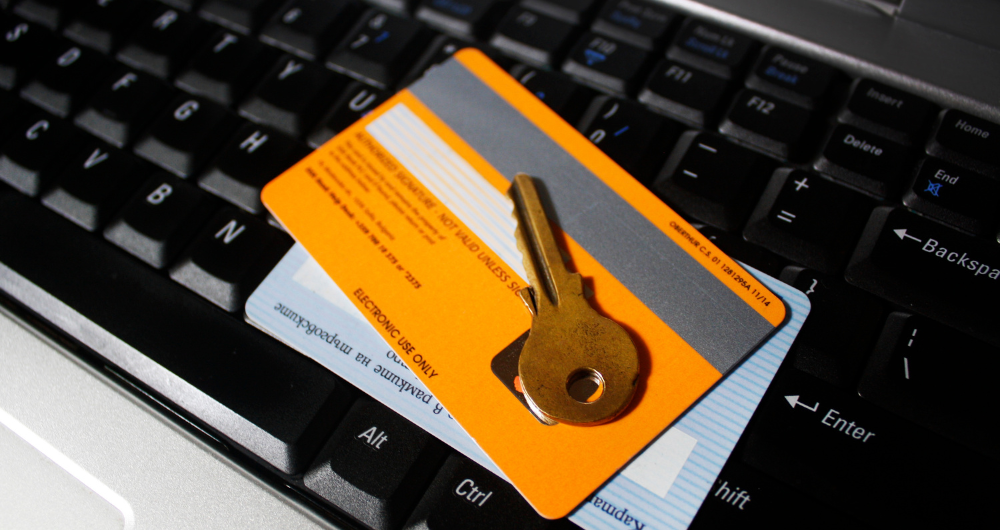
In the dynamic landscape of North American banking, real-time notifications have become a cornerstone of modern security strategies. These notifications serve as critical tools for banks, allowing them to instantly communicate with customers regarding account activities, potentially unauthorized transactions, and security events. In regions like the United States and Canada, where digital banking adoption rates are high and the threat landscape is constantly evolving, real-time notifications provide a dual benefit: they enhance security measures and significantly improve customer experience and trust. This proactive approach to banking security helps mitigate fraud risks, keeps customers well-informed, and enables swift action against potential security breaches, thereby safeguarding both the financial assets and personal information of clients.
Role of Real-Time Notifications in Enhancing Security
Real-time notifications are a crucial element in the early detection and prevention of fraudulent activities within banks. By immediately alerting customers and banking security teams about unusual account behavior or unauthorized transactions, banks can dramatically reduce the window of opportunity for fraudsters to exploit. For example, if an unexpected large transaction is detected, a real-time notification to the customer can trigger a verification process that either confirms the transaction or flags it for further investigation. This rapid response capability is vital in a landscape where seconds can mean the difference between a blocked fraud attempt and significant financial loss.
Strengthening Cybersecurity in Response to Emerging Threats
Cybersecurity in the banking sector is an ongoing battle against increasingly sophisticated threats. Real-time notifications serve as an essential alert system that can inform both customers and cybersecurity teams of potential security breaches, such as unauthorized login attempts or anomalies in transaction patterns. In the U.S. and Canada, where cyber threats are becoming more complex, such notifications enable banks to quickly respond to potential vulnerabilities and prevent breaches from escalating. Furthermore, these notifications support adaptive security measures, allowing banks to update their defense strategies based on real-time data about emerging threats.
Compliance with U.S. and Canadian Banking Regulations
Compliance with banking regulations in North America, particularly those related to consumer protection and data security, is non-negotiable. Real-time notifications help banks adhere to these regulations by ensuring transparency in communications and swift reporting of issues to both customers and regulators. For instance, regulations such as the U.S. Gramm-Leach-Bliley Act (GLBA) and Canada’s Personal Information Protection and Electronic Documents Act (PIPEDA) mandate certain standards for customer notification in the event of a security breach. Implementing robust real-time notification systems allows banks to meet these legal requirements more effectively, avoiding potential fines and bolstering their reputation for reliability and compliance.
This detailed exploration highlights how integrating real-time notifications into banking operations directly contributes to enhanced security, fraud prevention, and regulatory compliance, which are crucial for maintaining the integrity and trustworthiness of financial institutions in the United States and Canada.
Real-Time Notifications Challenges Specific to North America
The vast and diverse landscape of North America presents unique technological and operational challenges. The integration of real-time notifications across various banking systems, each with their own legacy infrastructure, can be complex and resource-intensive. Additionally, the geographic dispersion and varying regional regulations can complicate the uniform application of these technologies.
Privacy laws in North America, such as the California Consumer Privacy Act (CCPA) and Canada’s PIPEDA, impose strict guidelines on how personal information is handled. Real-time notifications must be designed to ensure that all communications are secure and compliant with these laws. This requires sophisticated encryption and data management strategies to prevent unauthorized access and data breaches.
Latinia’s Tailored Solutions for U.S. and Canadian Banks
Latinia offers scalable notification systems that can handle the high volume of transactions typical of major U.S. and Canadian banks, ensuring that alerts are delivered without delay. These systems are also equipped with multi-language support and can handle various communication preferences, aligning with the diverse demographic characteristics of North America.
Latinia’s solutions are designed with a deep understanding of the regulatory environments in the U.S. and Canada. The platforms ensure that all real-time notifications are compliant with laws such as the GDPR, CCPA, and PIPEDA, which govern the handling of personal data and privacy. Latinia’s systems facilitate audit trails, secure data handling, and timely reporting, which are crucial for maintaining compliance with these stringent regulations.
Conclusion
Real-time notifications, as implemented by Latinia, have significantly bolstered the security frameworks of banks. By providing instantaneous, actionable alerts, these systems have proven instrumental in reducing fraudulent activities, enhancing regulatory compliance, and improving customer trust and satisfaction. The tailored features of Latinia’s solutions ensure that they meet the specific needs of the North American market, addressing both technological sophistication and diverse customer demographics.
Banks considering the adoption of Latinia’s real-time notification systems should start with a thorough needs assessment to identify specific security vulnerabilities and customer communication gaps. It is recommended to engage in pilot testing to tailor the system settings to the bank’s specific operational dynamics before full-scale implementation. Additionally, ongoing training for staff on the latest features and best practices can maximize the benefits of these systems.
Ready to ensure the compliance and deliverability of your bank notifications? Contact Latinia today to book a demo and find out how we can help you.
Frequently Asked Questions
Latinia’s systems are designed to automatically comply with international and local data protection standards by implementing strict data handling and processing protocols, regular audits, and ensuring that all customer data is anonymized or securely stored.
Yes, Latinia’s solutions are designed to be highly compatible with existing banking infrastructures, using APIs that facilitate smooth integration with minimal disruption to ongoing operations.
By providing timely and relevant communication about their banking activities, customers feel more in control and reassured about the security of their transactions, which enhances their overall satisfaction and loyalty.
Latinia offers highly customizable notification solutions that can be tailored to the specific operational needs and customer engagement strategies of each bank. This includes customization of alert thresholds, notification formats, and integration with various customer relationship management (CRM) systems.
Yes, Latinia provides analytics dashboards that allow banks to track the effectiveness of different notification campaigns in real-time. These tools help banks understand customer engagement levels and adjust strategies accordingly.
By automating the notification of fraudulent activities and other significant events, Latinia’s technology reduces the need for manual monitoring and intervention, thereby cutting down operational costs related to security management.
Absolutely, Latinia’s notifications are designed to be fully compatible with mobile banking applications, providing seamless in-app alerts that enhance user experience and engagement.
Latinia employs end-to-end encryption for all data transmitted through its notifications. Additionally, the system adheres to the principle of least privilege, ensuring that only necessary data is accessed during the notification process.
Latinia’s system can trigger notifications based on a wide range of events, including suspicious login attempts, high-value transactions, changes to sensitive account information, and any custom events defined by the bank.
Notifications are typically sent out within 0,04 seconds of event detection, ensuring timely and effective communication that is critical for fraud prevention and customer communication.
Yes, Latinia provides comprehensive training programs for bank staff that cover system functionality, best practices for effective communication, and strategies for minimizing false positives in fraud detection.


